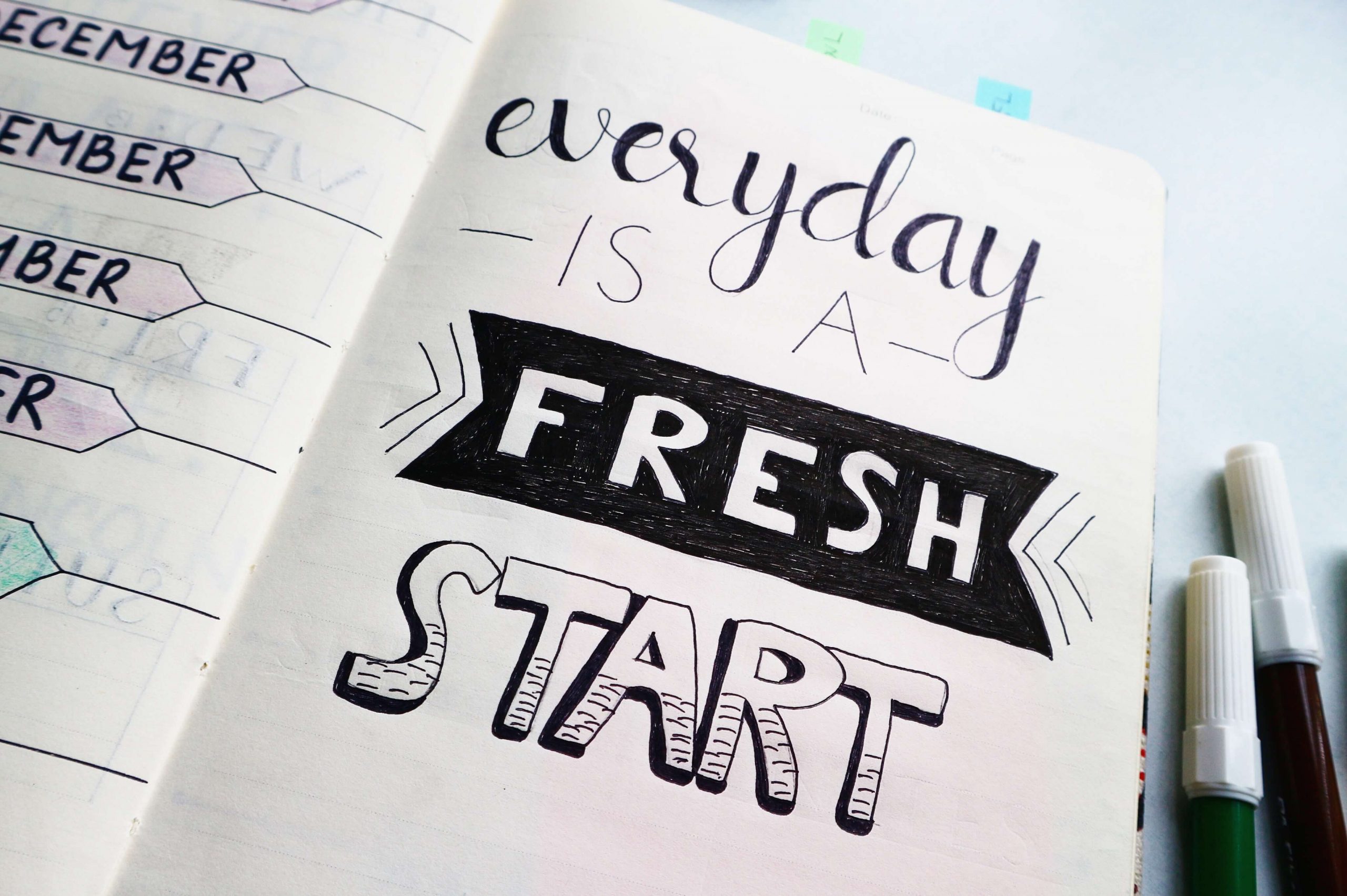Creating a Fitness Plan That Works
Every January new gym memberships peak as people make a New Year’s resolution to get fit, but unfortunately, only six months later 50% of those new memberships will be dropped. The truth is you don’t need a gym membership or expensive home equipment to create a workable fitness plan, you only need to develop a regular habit of exercise. The best fitness plan is the one you stay with. It’s the one you own. In this blog, we’re going to discuss how to start creating a fitness plan that works for you.
Creating a Routine

To be successful with maintaining an exercise routine, several studies have shown that it’s best to start small and stick with the exercise that you enjoy. There is no single fitness plan that’s right for everybody. Each individual needs to create a plan for their own needs and lifestyle.
Find a Form of Exercise You Enjoy

If you enjoy a form of exercise, you are more likely to stay with it. For some people, this might be walking, swimming, or just moving in place to a favorite tune. There is no single workout routine or type of exercise that is considered to be the best. The most important thing is that you enjoy the activity enough to keep with it.
Do an honest assessment of the physical activities you might enjoy. Write out a list of the activities that appeal to you and then select one that fits with your schedule and budget. Remember, the best exercise is the exercise you will do!
One of the best forms of exercise is walking. It’s free and readily available to most people. Increase the amount you walk slowly and it is easier than you think! You can make it a social affair by walking with a friend or joining a local walking group. Walking stimulates the cardiovascular system: the heart, lungs, and circulation.
Determine Your Schedule

According to the most recent physical activity guidelines from The U.S. Department of Health and Human Services (HHS), adults should get 150 minutes (2.5 hours) of moderate-intensity physical activity per week.
This time can be divided between more than one form of activity and into segments that fit into your daily life. Most exercise experts recommend breaking it up into 30 minutes five times a week or 60 minutes three times a week. Even short bursts of exercise can provide benefits. That thirty minutes can be broken into 10-minute segments throughout the day and still produce results according to the Mayo Clinic Sports Medicine.
Add Strength Training

The HHS exercise guidelines also recommend that people do muscle-strengthening activities at least two days per week. Strength training is important for building muscle mass, which increases the number of calories the body burns overall. In addition, if you don’t do strength training, the body will naturally lose muscle mass with age, and your body fat percentage will increase. Strength training also helps to strengthen bones, which reduces the risk of osteoporosis. Strength training includes any exercises that challenge the muscles with resistance,
Set Realistic Goals

Although the goal is to do 30 minutes of exercise in a single day, you might need to work up to this amount if you’ve previously been sedentary.
A general rule is to “start low, and progress slow,” This means starting with a level of activity that’s fairly light, and gradually increasing the duration and intensity of your exercise.
Many fitness experts agree that it is better to start with short segments of exercise. For most people setting unrealistic goals results in their abandoning their exercise routine altogether
Following the “10 percent rule” also may help people avoid injuries. This means you increase your activity by 10 percent per week. For example, if you jog for 100 minutes during one week, you should aim for 110 minutes next week.
Make the Time

There are many barriers to keeping to a regular exercise routine. The main obstacle for most people is time. In today’s world, everyone is busy and overstressed. The reality is nobody has time for exercise, it requires a commitment to find the time and build it into your schedule. Everyone can find thirty minutes a day especially if it’s broken into ten-minute segments. Remember as little as 10 minutes of exercise can be beneficial. Look at your schedule and see where you can fit in ten minutes three times a day. Get a timer and just move in place for ten minutes. The key is to develop a regular habit of daily movement that you can build on overtime.
What if You Have a Chronic Health Condition?

According to the Centers for Disease Control and Prevention, people with chronic health conditions should speak with their doctor before they begin an exercise program, to find out how their condition may limit their activity.






